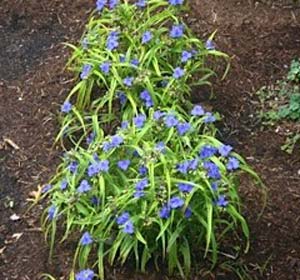 Does hardwood bark mulch attract termites?
Does hardwood bark mulch attract termites?
Studies have shown that termites are no more attracted to organic mulch than they are to rock or stone used in a landscape setting. Care should be taken to keep mulch (organic or inorganic) away from direct contact with the foundation of a house. Never allow mulch to cover windowsills or to stay in direct contact with the siding on your house.
According to several studies, it is actually the moist conditions that mulch creates that attract termites, rather than the concept that the mulch is being used as a food source. One study conducted by the Structural IPM Program at the University of Maryland discovered that over time, termite activity was actually higher beneath gravel mulch than it was wood-based mulch. It reinforced the idea that the termites favor the conditions rather than the meal.
Does hardwood bark mulch attract bugs?
Any organic material will attract insects, but the mulch will not attract any more insects that would normally already be there.
Is your mulch treated?
No, we do not treat our mulches with chemicals. The materials used to produce the mulch are all organic.
What's the difference between hardwood bark mulch, hardwood mulch and colored mulch?
Hardwood bark mulch is made almost exclusively from tree bark, that is removed from hardwood logs when they are processed in a mill. Hardwood mulch can be any mulch containing any kind of hardwood, meaning it can contain the bark and white wood in varying percentages. Colored, dyed or enhanced mulch is made from hardwood, which is ground and then dyed with a colorant to create a variety of colors. Some colored mulch is made from recycled pallets, which can be contaminated with chemicals and for obvious reasons, is not recommended for use around your house with children and small pets. Always ask for the source of the material you are using.
How often will I need to mulch?
This depends on the type of mulch you use and on how fresh you like your landscape to look. To keep bark mulch looking fresh, we recommend mulching once every year, since it tends to break down while enriching the soil. Colored mulches may fade a little, but a good raking or light top dressing will bring a fresh look back to the landscape.
Sometimes I get mold on top of mulch. What is it and is it harmful?
When the weather is very hot and humid, a protozoa, not mold or fungus, appears on the top of mulch. It can be bright yellow or yellow brown and can be unpleasant to look at. Raking or spraying water on the affected area can easily remove it. This protozoa is part of an enormous number of organisms living in the soil and mulch ecosystem. Soil organisms are more active at certain times of the year, especially when the soil is warm and moist.
